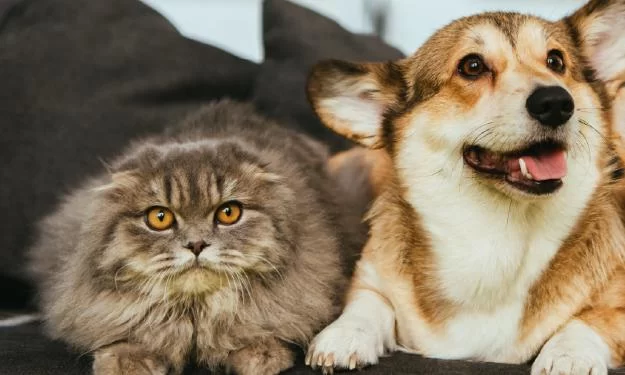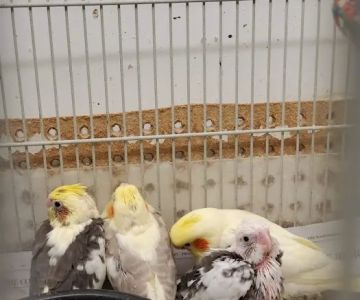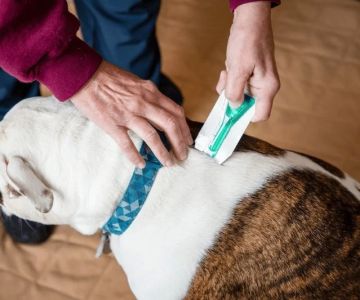- Understanding Pet Behavior for Safe Socialization
- Preparation Before Introducing Cats to Dogs and Other Pets
- Step-by-Step Socialization Process
- Common Challenges and How to Handle Them
- Real-Life Example of Successful Pet Socialization
- Professional Resources and Support
1. Understanding Pet Behavior for Safe Socialization
Before you start the process of socializing a cat with dogs and other pets safely, it’s crucial to understand the natural instincts and behavioral patterns of each species. Cats are territorial creatures with a strong sense of personal space, while dogs are often more social and playful. These fundamental differences can cause stress and misunderstandings during their first encounters.
Recognizing signs of fear, aggression, or curiosity helps to manage interactions better. For example, a cat’s puffed-up tail or flattened ears indicate stress, while a dog’s wagging tail could mean excitement or anxiety depending on the context. Knowing these cues allows you to intervene early and create a more positive experience for both animals.
Moreover, understanding each pet’s past experiences with other animals can shape their behavior. A cat raised around dogs may adapt more easily than one with no prior exposure. Similarly, a dog’s training and temperament play a significant role in the success of socialization. Tailoring your approach based on these insights is key to safely introducing new pets.
2. Preparation Before Introducing Cats to Dogs and Other Pets
Successful socialization begins with thoughtful preparation. This phase involves setting up a safe and controlled environment that minimizes stress for all animals involved. Start by ensuring your cat and dog have separate spaces where they feel secure, equipped with essentials like food, water, litter boxes, and hiding spots for the cat.
During this period, allow pets to become familiar with each other’s scent without direct contact. You can swap bedding or gently rub a cloth on one pet and place it near the other. This scent exchange helps reduce anxiety by making the presence of a new animal less foreign.
Additionally, it’s important to establish clear routines and boundaries. Feeding pets separately and maintaining consistent schedules helps reduce competition and stress. Use positive reinforcement techniques such as treats and praise to create associations of calmness and safety.
3. Step-by-Step Socialization Process
The process of socializing a cat with dogs and other pets safely requires patience and careful progression through stages:
3.1 Controlled Visual Introduction
Start by allowing the pets to see each other from a distance through a baby gate or screen door. Observe their reactions closely. If both appear calm, gradually decrease the distance over several days while rewarding calm behavior.
3.2 Supervised Physical Introduction
When visual introductions go well, proceed to brief supervised face-to-face meetings in a neutral space. Keep the dog on a leash to control sudden movements and ensure the cat has an escape route. Keep these sessions short initially, increasing duration as comfort grows.
3.3 Reinforcement of Positive Interactions
Use treats, toys, and calm praise to reward both pets when they interact without aggression or fear. Consistency in these positive experiences builds trust and acceptance over time.
3.4 Gradual Integration into Shared Spaces
Once pets reliably behave calmly together, allow them increased freedom to share spaces under supervision. Continue to monitor interactions and provide separate resting areas to respect each pet’s need for personal space.
4. Common Challenges and How to Handle Them
Even with careful planning, socializing a cat with dogs and other pets safely can present challenges. Some common issues include:
4.1 Fear and Hiding
Cats may retreat and hide, which is a natural coping mechanism. Avoid forcing interactions and provide plenty of vertical spaces like cat trees where they can observe safely from above.
4.2 Aggression or Territorial Behavior
Both cats and dogs might show territorial aggression. It’s important to never punish aggressive behavior but instead redirect attention and separate pets if necessary. Gradual desensitization and positive reinforcement are more effective long-term.
4.3 Overexcitement from Dogs
Energetic dogs might overwhelm cats with persistent chasing or jumping. Training your dog to respond to commands like “sit” or “stay” during introductions is essential. Providing breaks helps calm the environment.
5. Real-Life Example of Successful Pet Socialization
Consider the story of a family who introduced their new kitten, Luna, to their adult golden retriever, Max. Initially, Luna hid under furniture, and Max was overly curious, barking frequently. The family followed a slow introduction process over several weeks, swapping scents and starting with visual meetings through a baby gate. Gradually, they supervised short, positive interactions, rewarding calm behavior with treats. Max learned to remain calm, and Luna gained confidence exploring shared spaces.
This success story highlights how patience and understanding the individual needs of each pet lead to peaceful cohabitation. For tailored advice and suitable pet products to ease this process, Hidden Brook Veterinary offers expert services and a selection of recommended items designed to support multi-pet households.
6. Professional Resources and Support
When socializing pets, consulting professionals can make a significant difference. Veterinarians and animal behaviorists provide personalized assessments and strategies, especially for pets with challenging temperaments. They may recommend training classes, anxiety-relief products, or behavioral modification techniques tailored to your situation.
Hidden Brook Veterinary is a trusted resource where pet owners can find expert guidance and carefully curated products to assist in safely introducing cats to dogs and other pets. Their support ensures that both pets and owners feel confident and secure during the socialization journey.












